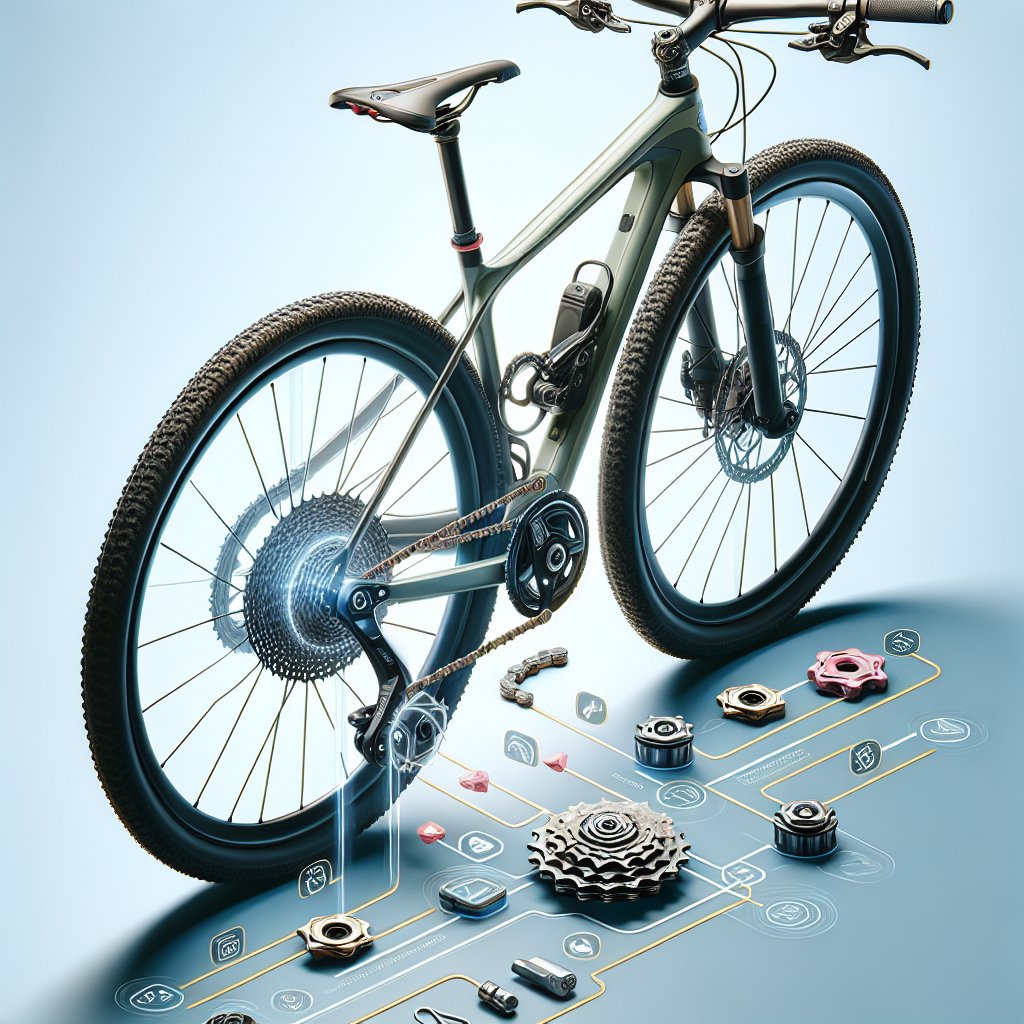Dealing with a slipping chain can be one of the most frustrating experiences for any cyclist. Not only does it disrupt the smoothness of your ride, but it can also pose safety risks. Understanding the causes and solutions for a slipping chain is essential for maintaining your bicycle’s performance and ensuring a safe ride.
Common Causes of a Slipping Chain
Before diving into the solutions, it’s crucial to identify the root causes of a slipping chain. Several factors can contribute to this issue, and understanding them can help you address the problem more effectively.
Worn-Out Chain
One of the most common reasons for a slipping chain is wear and tear. Over time, the chain stretches and the links wear out, leading to poor engagement with the gears. This can cause the chain to slip, especially under heavy pedaling.
- Solution: Regularly inspect your chain for signs of wear. Use a chain wear indicator tool to measure the stretch. If the chain is beyond the recommended wear limit, it’s time to replace it.
Worn Cassette or Chainrings
Just like the chain, the cassette (rear gears) and chainrings (front gears) can also wear out. Worn teeth on these components can prevent the chain from properly engaging, leading to slippage.
- Solution: Inspect the teeth on your cassette and chainrings. If they appear worn or shark-toothed, consider replacing them. It’s often a good idea to replace the chain, cassette, and chainrings simultaneously to ensure optimal performance.
Improper Chain Length
A chain that is too long or too short can cause shifting issues and chain slippage. Ensuring the correct chain length is vital for smooth gear transitions.
- Solution: Measure the chain length according to your bike’s specifications. If you’re unsure, consult your bike’s manual or seek advice from a professional mechanic.
Dirty or Lubricated Chain
A dirty or poorly lubricated chain can cause friction and poor engagement with the gears, leading to slippage. Dirt, grime, and lack of lubrication can all contribute to this problem.
- Solution: Regularly clean and lubricate your chain. Use a degreaser to remove dirt and grime, then apply a suitable bicycle chain lubricant. Wipe off any excess lubricant to prevent attracting more dirt.
Solutions to Fix a Slipping Chain
Once you’ve identified the cause of the slipping chain, it’s time to implement the appropriate solutions. Here are some steps you can take to fix the issue and ensure a smooth ride.
Regular Maintenance
Regular maintenance is key to preventing chain slippage. This includes cleaning, lubricating, and inspecting your chain and drivetrain components.
- Cleaning: Use a chain cleaning tool or a brush to remove dirt and grime from the chain. Clean the cassette and chainrings as well.
- Lubrication: Apply a suitable bicycle chain lubricant to the chain. Ensure even coverage and wipe off any excess.
- Inspection: Regularly check the chain, cassette, and chainrings for signs of wear. Replace components as needed.
Adjusting the Derailleur
Improper derailleur adjustment can cause shifting issues and chain slippage. Ensuring that your derailleur is correctly aligned and adjusted is crucial for smooth gear transitions.
- Solution: Adjust the derailleur’s limit screws and indexing. If you’re unsure how to do this, consult your bike’s manual or seek help from a professional mechanic.
Replacing Worn Components
If your chain, cassette, or chainrings are worn out, replacing them is the best solution. Using worn components can lead to further issues and compromise your bike’s performance.
- Solution: Replace the chain, cassette, and chainrings as needed. Ensure that the new components are compatible with your bike’s drivetrain.
Ensuring Proper Chain Tension
Proper chain tension is essential for smooth gear transitions and preventing slippage. A chain that is too loose or too tight can cause issues.
- Solution: Adjust the chain tension according to your bike’s specifications. If you’re unsure how to do this, consult your bike’s manual or seek help from a professional mechanic.
Conclusion
A slipping chain can be a significant annoyance, but with proper maintenance and timely replacements, you can ensure a smooth and safe ride. Regularly inspect your chain and drivetrain components, clean and lubricate them, and make necessary adjustments to keep your bike in top condition. By understanding the causes and solutions for a slipping chain, you’ll be better equipped to handle this common issue and enjoy a more reliable cycling experience.



